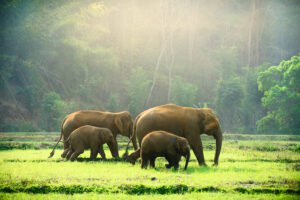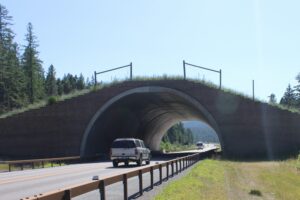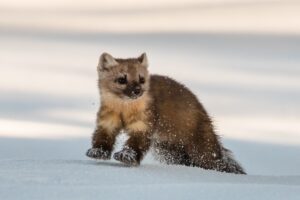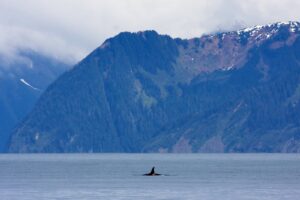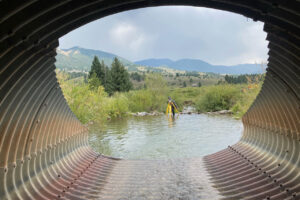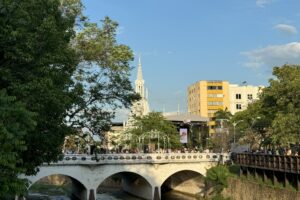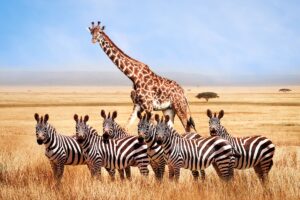Promoting Guidelines to Reduce Harm to Asian Elephants from Roads and Railways
Earlier this year, a baby Asian elephant died after being hit by a truck on Gerik-Jeli Highway, in Peninsular Malaysia. In distress, his mother stood by for hours and had to be tranquilized in order to be moved from the area. This heartbreaking event, which happened on Mother’s Day, was a sad reminder of the conflict between human development and wildlife survival. To address this problem and prevent future tragedies, the Center for Large Landscape Conservation (CLLC) has been co-organizing workshops with partners to promote actionable solutions in the 13 countries where Asian elephants still live in the wild.
